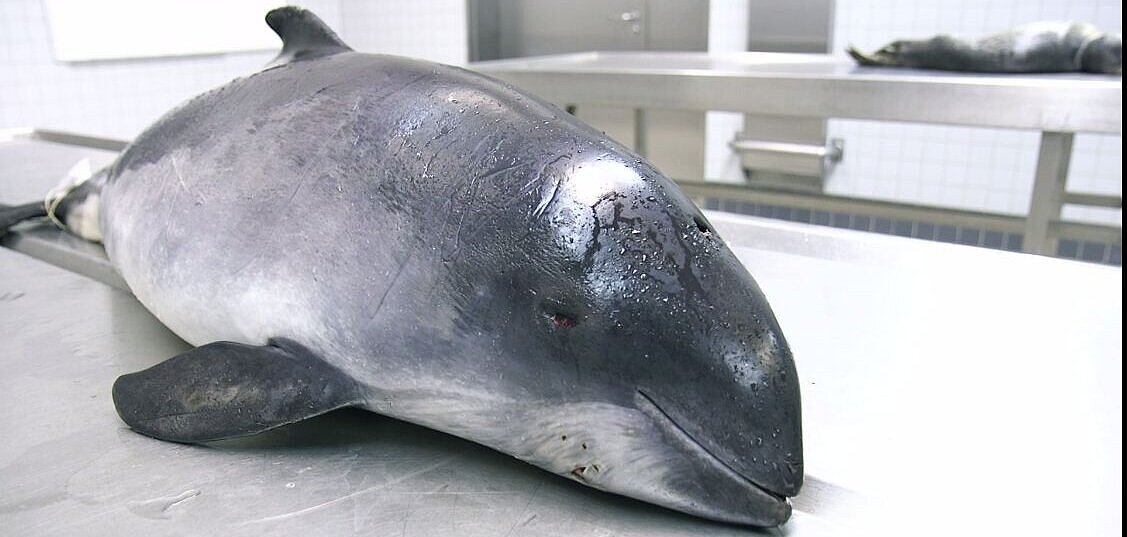
| Project data | |
|---|---|
| Project leader: | Prof. Prof. h. c. Dr. Ursula Siebert |
| Project term: | August 2016 bis Mai 2019 |
| Scientific work: | Dr. Joseph Schnitzler, Miriam Hillmann |
| Sponsorship: |
Umwelt Technik Soziales e.V., Ostsee-Info-Center Eckernförde, Ministry of Energy, Agriculture, the Environment, Nature and Digitalisation (MELUND) |
Project description
For harbor porpoises, the hearing is a vital organ, as they primarily orient themselves acoustically using echolocation. In addition, acoustic perception is used for intraspecies communication and prey identification. Therefore, it is important to include in a health assessment the investigations of the auditory apparatus, which are closely aimed at in this project.
The present state of knowledge has shown that the auditory system can be damaged by infectious, degenerative and traumatic influences and is therefore no longer fully functional. These include, for example, infections caused by fungi, bacteria and parasites as well as anthropogenic noise sources that can damage the hearing temporarily and also permanently. Anthropogenic noise sources can include ship noise, blasting, sonar use, and the construction and operation of offshore wind turbines.
All in all, this increased noise exposure can lead to a temporary or permanent reduction in the ability of harbor porpoises to perceive their environment and thus to a higher probability of being captured.
Thus, the hearing organs of harbor porpoises captured in the Baltic Sea are to be examined within the scope of the project. First, if possible, a computer tomographic examination of the ears will be carried out. Then the ears will be examined macroscopically, histopathologically, parasitologically and microbiologically.


